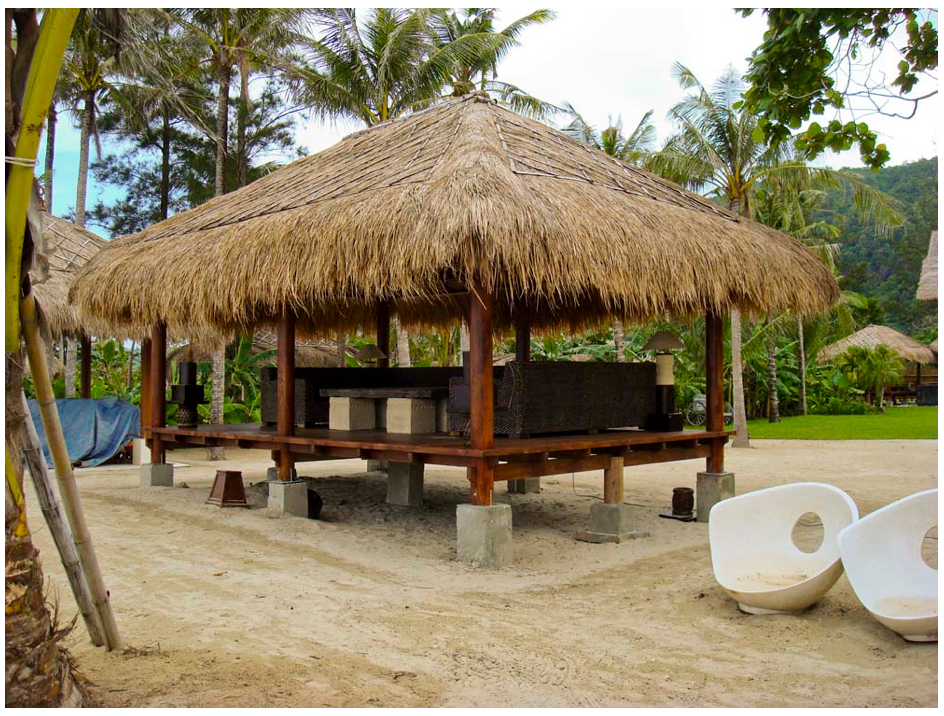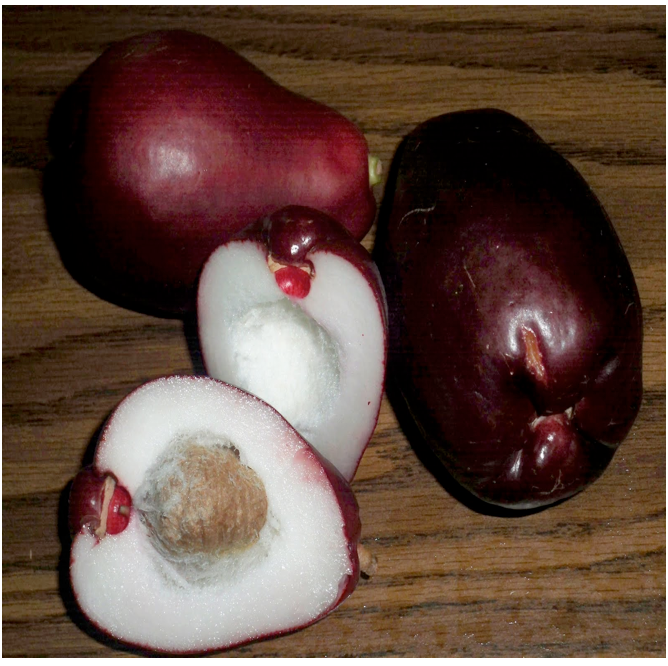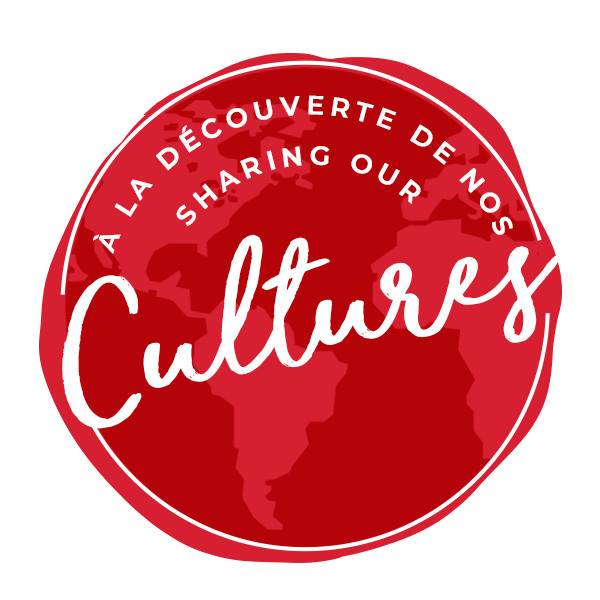Jamaica
Jamaica Environment Weather
Jamaica is a tropical Island so it is never below 18 degrees Celsius. The average annual temperature is between 80-86°F (27-30°C). The coolest months are January and February and the temperature starts going back up in March. July and August are typically the hottest months. Temperature variations between summer and winter are about 10 degrees.
Straw gazebos are made from bamboos and straws which are locally grown in Jamaica. They are mainly used on beaches for recreation, or people make them for their back yard. Straw gazebos are made in many different shapes and sizes.




Dunn's River Falls has a height of approximately 1,000 feet (300 m). The waterfalls are terraced like giant stair steps of which some are man-made improvements. Several small lagoons are interspersed among the vertical sections of the falls. The Spaniards gave the name “Las Choleras” to the area because of its springs and waterfalls. It is believed that the battle of “Las Choleras” in 1657 was fought to have the rights over the area. The British won over the Spaniards and they started developing the area. The area is a perfect mixture of modern and natural beauty. Dunn’s River Falls is surrounded by lush vegetation, perfect for just having fun and relaxing.
Hellshire Beach is the largest and most popular of a series of narrow beaches located along the southern coast of Jamaica. The major characteristics of this beach are its black sands and cool, clean waters. It is just a little over five miles from Fort Charles and close to Portmore. Hellshire Beach is the home of legendary entertainments, including beauty contests, reggae concerts and other activities that contribute to the large crowds gathering there on weekends. It is well known for its variety of foods such as: bammy, fried fish, festival or sweet fried dumplings, soup, jerk chicken, and ackee and saltfish with roast breadfruit.
Jamaican Food
Cassava (Manihot esculenta) is also called yuca, mogo, manioc, mandioca, and kamoteng kahoy, a woody shrub of the spurge family native to South America. It is extensively cultivated as an annual crop in tropical Islands and subtropical regions for its edible starchy tuberous root, a major source of carbohydrates. It differs from the similarly-spelled yucca, an unrelated fruit-bearing shrub. Cassava, when dried to a starchy, powdery (or pearly) extract is called tapioca, while its fermented, flaky version is named garri.
The ackee, also known as achee, akee apple or akee (Blighia sapida). Although native to West Africa, the use of ackee in food is especially prominent in Jamaican cuisine. Ackee is the national fruit of Jamaica, and “ackee and saltfish” is the national dish. Ackee and Codfish are ranked number two in the world by a National Geographic survey of national dishes around the world. Ackee pods are allowed to ripen and open naturally on the tree before picking. Prior to cooking, the ackee arils are cleaned and washed. The arils are then boiled for approximately 10 minutes and the water discarded .The dried seeds, fruit bark and leaves are used medicinally.
The Jamaican breadfruit is one of the most versatile fruits available in the world today. Originated in the Pacific, the breadfruit has spread through entire tropics becoming one of the best food sources in that part of the world. The breadfruit was first introduced to Jamaica in 1793 by Captain Bligh and the first tree was planted in a district called Bath.












